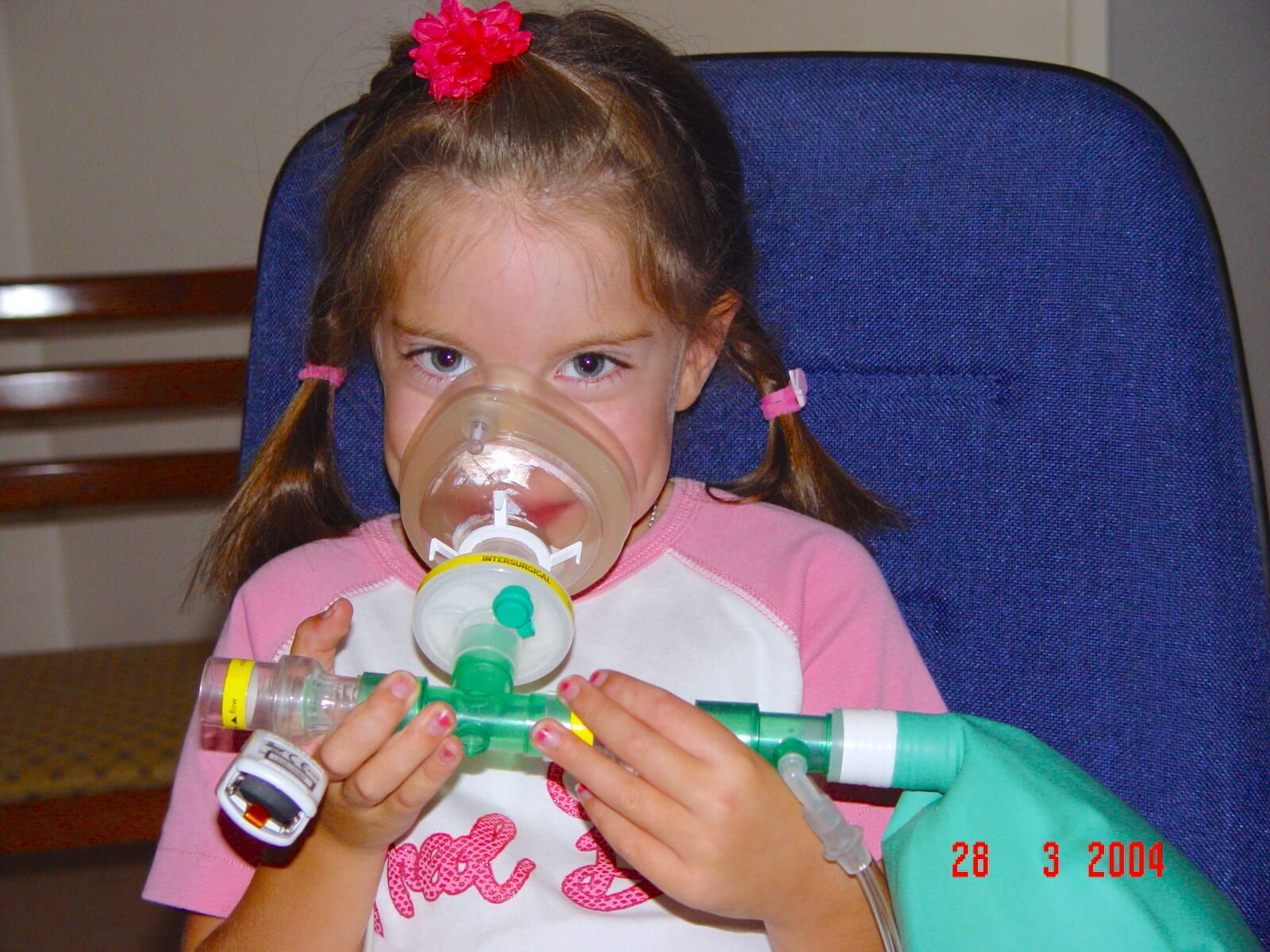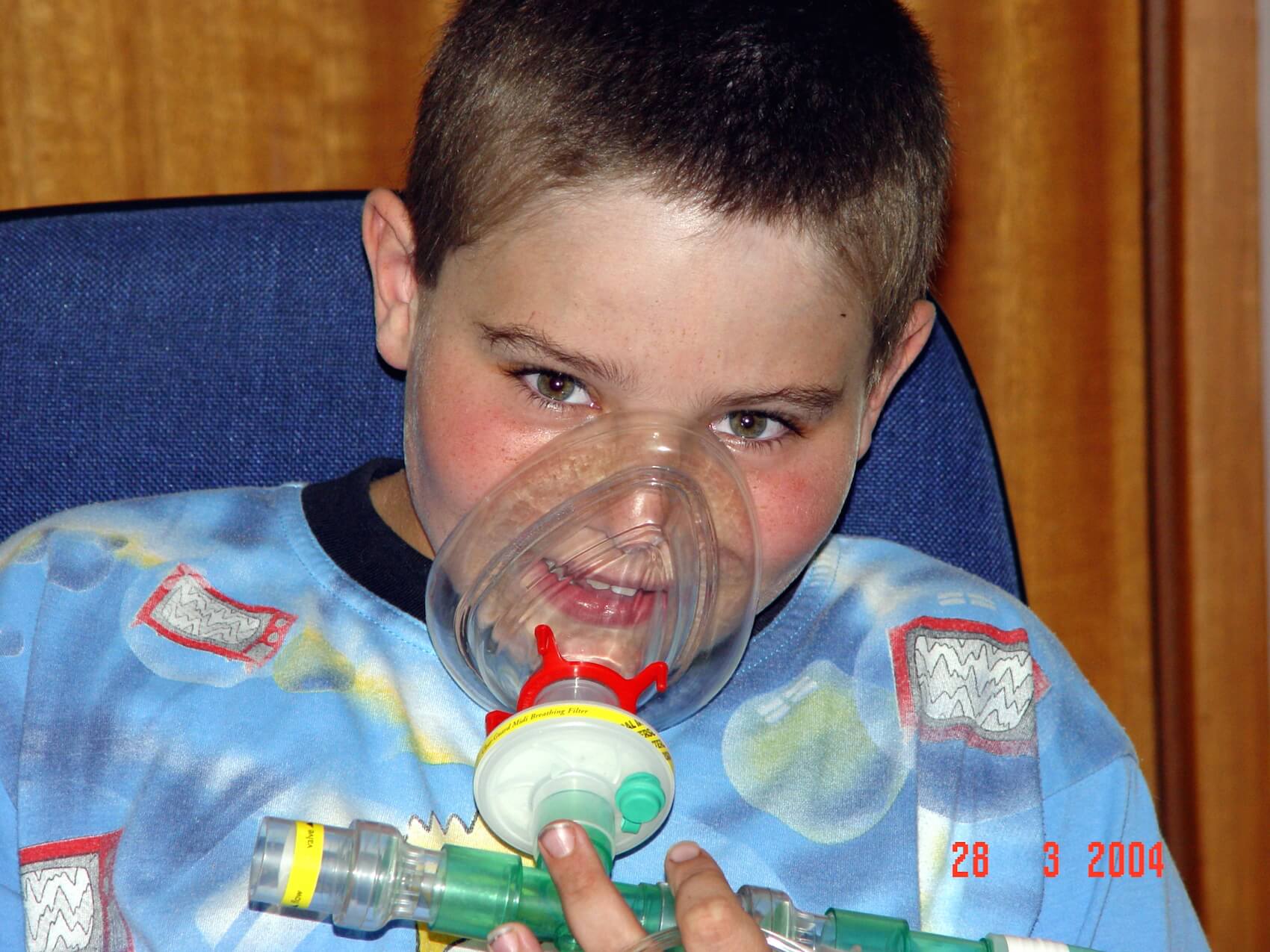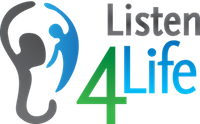Treat ADD with Intermittent Hypoxic Therapy
Helping ADD, ADHD & Hyperactivity
Dr Hans Selye, a pioneer in the study of stress, defined a stressor as: “anything that challenges an organism to adapt.” High altitude training can be used to strengthen us if we experience stress in amounts, which we can tolerate and to which we can adapt. Intermittent Hypoxic Therapy (IHT) is an adaptive medicine technique where oxygen levels found at altitude (typically 9-15%) is administered to a client in controlled intermittent doses. [Oxygen at sea level is 21%, and reduces with altitude]. This approach also stimulates the body to build immunity and increase the internal production of antioxidants.
The Australian GO2 Altitude system provides an air mixture similar to altitudes of 2,500-6,500m. Clients breathe high-altitude air for three – seven minutes and then oxygen rich air for a couple of minutes, giving their body time to recover from the mild stress of the high-altitude air. Heart rate, respiration and blood oxygen levels are continuously monitored to ensure safe and gentle stress levels are delivered.

Armchair mountain climbing
Intermittent Hypoxic Therapy involves 30-60 minute training sessions while relaxing comfortably in a chair. This training is generally carried out three to five times a week. A program of nine to fifteen sessions is usually enough to achieve measurable physical improvements.
The body’s adaptation to reduced oxygen increases the efficiency with which the body takes up, transports and uses oxygen. It stimulates the growth of new blood vessels and increases the body’s ability to transport more oxygen with the increase in blood flow to those areas most affected by the hypoxia and increase cellular capacity to metabolise the oxygen.
Over time this leads to a decrease in a person’s oxygen requirements because of the increase in their ability to use oxygen. The benefits of the therapy last up to nine months because the body has created new capillaries, new blood components, new cells for heart and lungs, and new mitochondria and enzymes for processing oxygen at a cellular level. This also improves immune function.
Benefits
IHT enhances attention and reduces hyperactivity. It calms, lifts mood, learning and memory by uniquely boosting the availability of serotonin and dopamine. Serotonin relaxes, while dopamine lifts attention. IHT also enhances the immune system and pain management, reduces heart rate and arterial pressure in non-athletes. It also may reduce inflammation, fatigue, hypertension and depression and have positive effects on brain hormone levels, infertility, cholesterol levels, allergies and dermatitis and may promote improved stress handling and increased resistance to viral, bacterial and protozoal infection.
Treatment is helpful in the management of ADHD, anxiety and depression, ischaemic heart disease, hypertension, allergies, bronchitis degenerative diseases. Benefits of a program last up to 9 months; include improved attention and calmness.


